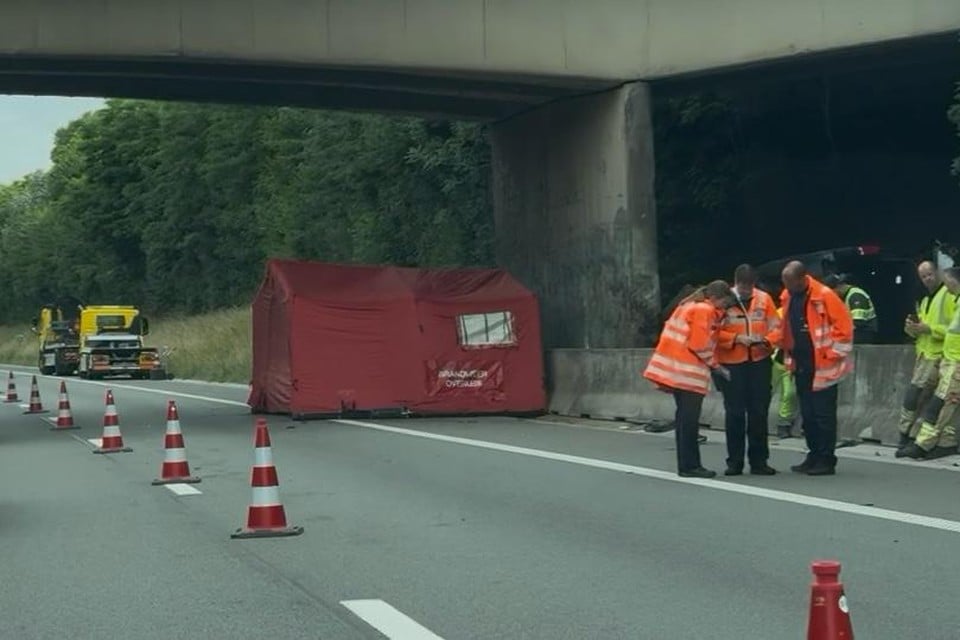India – Pakistan: The nuclear war was avoided again – but next time?

After four days of exchange of air strikes and attacks with unmanned aircraft in military infrastructure that brought the India and Pakistan On the brink of war, these nuclear nations adhere to a poor ceasefire.
People may have avoided a disaster. But last week’s rapidly evolving crisis demonstrates the inherent dangers of the modern nuclear era – and the corresponding and urgent need for diplomacy – as more and more nations are expanding their nuclear arsenals and are based on them for coercion or coercion.
Open nuclear war on many fronts
The indefinite combination of more weapons and human failure can lead to their use, deliberate or not. There is never a zero risk.
We saw it throughout the military campaign of Russian President Vladimir Putin against Ukraine, where he has launched indirect and explicit threats to use a nuclear weapon in his war there.
We saw it on the Korean Peninsula, where North Korean leader Kim Jong Un regularly reminds the world that his forces are armed and ready for total nuclear war.
We see the possibility in Taiwan, where observers worry that China could use the threat of its arsenal to impose its will on the island.
In constant vigilance
The conflict between India and Pakistan is nothing new. The two sides waged wars in 1947, 1965, 1971 and 1999 – one year after both nations carried out successful nuclear tests. Now each of them has estimated stocks of at least 170 nuclear heads, according to the Federation of American Scientists.
As their nuclear forces expanded, the two nations established unwritten rules with the aim of preventing a dangerous escalation. Neither New Delhi nor Islamabad want a nuclear war, preventing every side from overcoming it when periodic skirmishes erupt.
For decades, their military confrontations have been confined to the border area, and in particular to Kashmir, ignition since 1947, when India was divided into two states by the end of British colonialism. For years, the two sides have mainly fought with land forces and never near nuclear facilities.
In the latest India -Pakistan confrontation, there were no « red buttons ». The crisis did not evolve into a nuclear war, but it reminded how quickly this ghost could wake up
But these rules have changed. The appearance of the war with unmanned aircraft and precision ammunition has caused the weakening of red lines.
In 2019, India launched air strikes against a alleged terrorist training camp in Balacotan, Pakistan, marking the first time a nuclear nation dropped a bomb in another. The attack, which has made more than any other conflict between nations for decades, has put countries on a new dangerous basis.
The last conflict
Last week’s conflict was even more destabilizing.
After terrorists based in Pakistan, they allegedly shot and killed 26 citizens in the Kashmir Indian Administration last month, the Indian army responded on May 7 with air raids on the border area, aiming for what he called « terrorists ». He finally expanded his goal to an area in Punjab, about 100 miles in Pakistan – the deepest blow for more than half a century.
Pakistan returned with unmanned aircraft attacks, which according to Indian officials reached 400, in various cities, including the city of Jamo, which is under Indian administration, near the heavy military borders that divide the contested area.
Soon, Indian blows hit a military air base in Pakistan’s Ravalpindi, not far from Pakistan’s strategic plans department, which oversees the country’s nuclear arsenal.
Later reports were published that Pakistan’s Prime Minister Shehbaz Sharif then convened the National Administration Authority, a team that decides on the possible use of nuclear weapons.
Without… restrictions
Are incidents such as those that the likelihood of slipping into a nuclear escalation is the largest, according to analysis of the New York Times.
Narrow contacts between the United States and the Soviet Union during the Cold War, as well as other more recent nuclear crises, show that opponents are assuming the worst and depend on open communication channels, surveillance capabilities and diplomatic measures.
India’s air raids may have been unintentional or deliberate, but Pakistan will not allow its nuclear capacity to be threatened.
India’s conventional forces are superior to those of Pakistan. Islamabad, therefore, sees its nuclear weapons as a means to balance the battlefield in a total war.
Pakistan, unlike India, has no declared restrictions on using its nuclear weapons first in a collision to protect it.
US involvement
Only when the unthinkable appeared suddenly possible, the Trump government felt obliged to intervene. On Thursday, during an appearance at Fox News, Vice President Jay Di Vance said these battles « do not basically concern us ».
On Friday, on the day India bombed the base in Ravalpindi, Vance was essentially shifted from this isolational attitude, calling on the Prime Minister of India Monti to warn against increasing escalation. Foreign Minister Marco Rubio later said in a statement that he and Vans had spoken with senior officials from both countries, including their prime ministers.
« We stopped a nuclear conflict, » President Trump told the White House on Monday. « I think it could be a bad nuclear war, millions of people could have been killed, so I’m very proud of it. »
With one post he even thanked the two countries
Pakistan has since publicly recognized the role of the US in the truce, while India claims that the ceasefire was achieved bilaterally.
As the Trump government apparently realized, what is happening between India and Pakistan is a matter of the world, and it was since nations became nuclear forces.
A frightening study
A scientific study in 2019 evaluated the possible consequences of a nuclear war between India and Pakistan. He found that the explosions would create millions of tons of soot.
Debree clouds will extinguish the sun and reduce world temperatures to cause a global famine. Millions of people would die and billions could be hurt. The script is placed in 2025.
This week, tensions between India and Pakistan have retreated after the truce. But the White House cannot be complacent. It should lead a diplomatic effort with India and Pakistan to reduce the risk of short and long term in the long run to avoid repeating the rapid escalation of last week and the likelihood of incorrect calculation.







